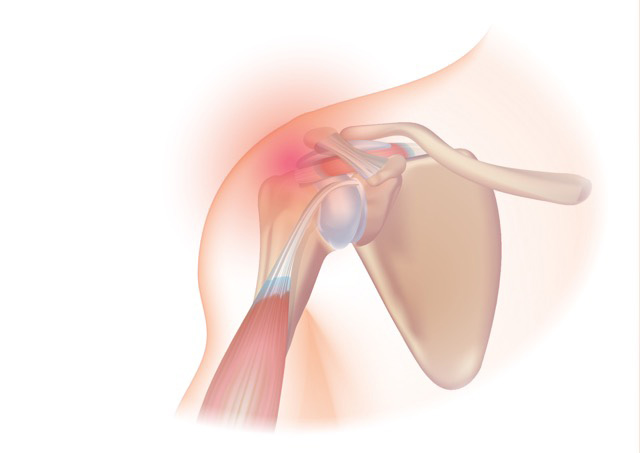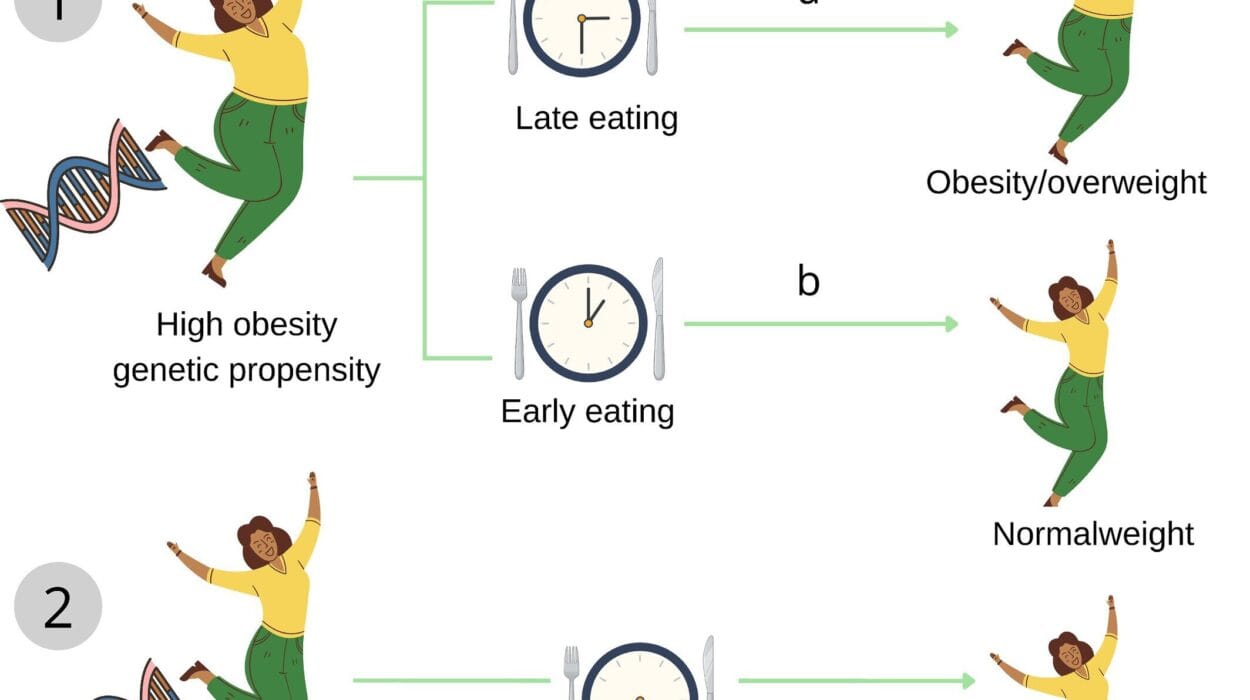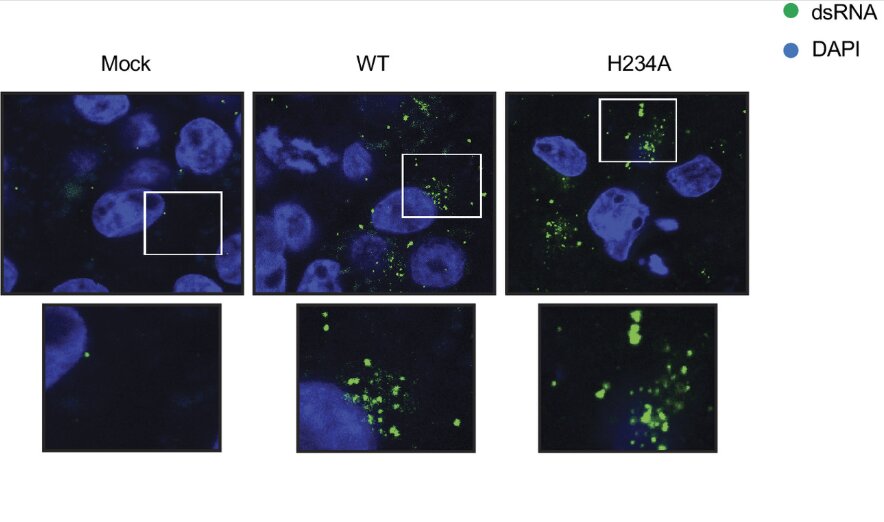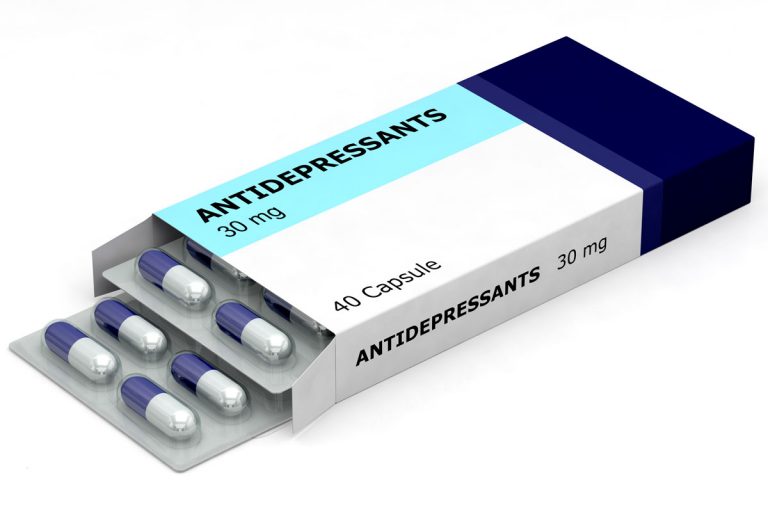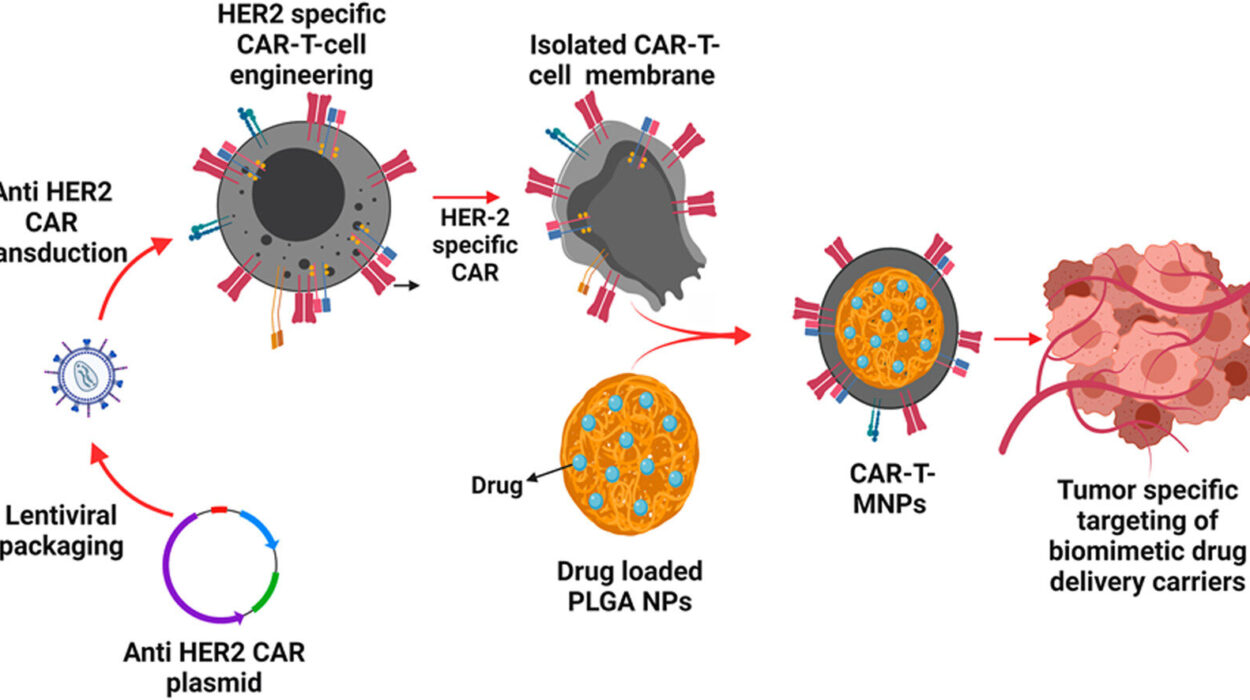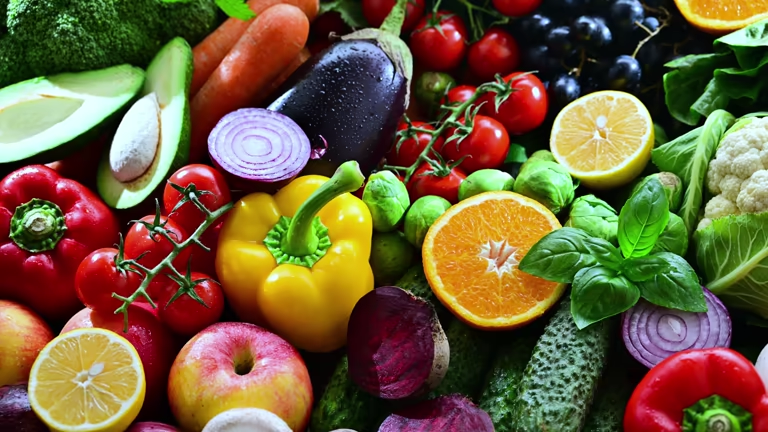For most of us, food is a source of pleasure, nourishment, and connection. It brings families together at the dinner table, fuels our bodies through the day, and comforts us in times of stress. But for millions of people worldwide, food can also be a source of fear—a hidden danger that can trigger reactions ranging from mild discomfort to life-threatening emergencies. This is the reality of food allergies.
Food allergies are not simply dislikes or intolerances; they are immune system malfunctions, a case of the body misidentifying harmless proteins as dangerous invaders. What should be a normal bite of peanut butter, a sip of milk, or a slice of bread can become a trigger for rashes, swelling, breathing difficulties, or worse. And the numbers are rising: in the United States alone, food allergies affect about 32 million people, including one in 13 children.
To understand food allergies is to understand the complex interplay between the immune system, environment, and genetics. It is also to grasp how they shape lives—dictating what people eat, where they go, and how they navigate everyday social situations. In this article, we will explore the causes, symptoms, diagnosis, and treatment of food allergies, uncovering the science behind them and the human stories within them.
What Is a Food Allergy?
A food allergy is an abnormal immune response to certain proteins found in food. Normally, the immune system’s job is to recognize and destroy harmful pathogens like bacteria or viruses. In someone with a food allergy, the immune system mistakenly identifies a food protein (known as an allergen) as a threat and launches an attack.
This immune response involves the release of antibodies called Immunoglobulin E (IgE). When the allergenic food is consumed, IgE antibodies recognize it and signal immune cells to release histamine and other chemicals. These chemicals cause the symptoms of an allergic reaction, which may affect the skin, respiratory system, gastrointestinal tract, or cardiovascular system.
Unlike food intolerances, which involve digestive issues but not the immune system, food allergies can be life-threatening. For example, lactose intolerance causes bloating and discomfort due to the body’s inability to digest lactose, but it does not trigger the immune system. Food allergies, on the other hand, can escalate into anaphylaxis—a severe, systemic reaction requiring emergency treatment.
The Causes of Food Allergies
Food allergies arise from a complex interaction of genetics, immune system development, and environmental exposures. Scientists are still unraveling the exact causes, but several factors are known to contribute.
Genetic Susceptibility
Genetics play a significant role in food allergies. Children with one or both parents who have allergies (food or otherwise, such as hay fever or asthma) are more likely to develop them. This phenomenon is called atopy, the genetic tendency to develop allergic diseases.
Studies have identified certain genes associated with immune system regulation that make individuals more prone to producing IgE antibodies against harmless substances. These genetic influences explain why food allergies often run in families, though the exact allergen may differ.
The Hygiene Hypothesis
One of the most widely discussed theories in allergy research is the “hygiene hypothesis.” It suggests that modern living environments—characterized by fewer infections, increased sanitation, and less exposure to microbes in early childhood—may leave immune systems under-stimulated.
Without exposure to a wide range of microbes, the immune system may overreact to harmless proteins like food allergens. This could explain the rise in allergies in industrialized nations compared to lower rates in developing regions where children are exposed to more microbes early in life.
Early Food Exposure
The timing of when children are introduced to certain foods may also influence allergy risk. For years, parents were advised to delay introducing allergenic foods like peanuts, eggs, or fish to infants. However, research has since shown that early exposure, especially to peanuts, can actually reduce the risk of developing an allergy.
The groundbreaking LEAP (Learning Early About Peanut) study demonstrated that infants introduced to peanuts early were significantly less likely to develop peanut allergies compared to those who avoided them. This finding has reshaped pediatric allergy guidelines worldwide.
Environmental Influences
Environmental factors such as air pollution, dietary habits, and vitamin D levels may also play roles in allergy development. For example, low vitamin D has been linked to higher rates of food allergies, perhaps because it influences immune regulation. Urban lifestyles, with less outdoor play and sun exposure, may contribute to this deficiency.
The Gut Microbiome
Our intestines are home to trillions of microbes collectively known as the gut microbiome. These microbes influence digestion, metabolism, and, importantly, immune system development. Disturbances in the microbiome—caused by antibiotics, poor diet, or C-section births—may increase the risk of food allergies by altering how the immune system responds to dietary proteins.
Common Food Allergens
Although any food can trigger an allergic reaction, a handful of foods are responsible for the majority of cases. In the United States, the “Big Nine” allergens are:
- Peanuts
- Tree nuts (such as almonds, walnuts, cashews)
- Milk
- Eggs
- Wheat
- Soy
- Fish
- Shellfish (shrimp, crab, lobster)
- Sesame (recently added as the ninth major allergen)
These foods account for around 90% of all allergic reactions. Reactions can occur from even trace amounts of the allergen, which is why strict avoidance is often necessary.
Symptoms of Food Allergies
The symptoms of food allergies can range from mild discomfort to life-threatening emergencies. They may appear within minutes to hours after consuming the allergen and can affect multiple body systems.
Mild to Moderate Symptoms
- Itching or tingling in the mouth
- Hives or eczema (red, itchy skin)
- Swelling of lips, face, or tongue
- Abdominal pain, nausea, vomiting, or diarrhea
- Sneezing, runny nose, or mild coughing
These symptoms can be distressing but are not typically life-threatening. However, they may precede more severe reactions.
Severe Symptoms: Anaphylaxis
Anaphylaxis is the most dangerous form of food allergy reaction. It involves a rapid, systemic release of chemicals that can cause:
- Difficulty breathing due to airway swelling
- Drop in blood pressure (shock)
- Rapid pulse
- Dizziness or fainting
- Loss of consciousness
Anaphylaxis is a medical emergency requiring immediate injection of epinephrine (adrenaline) and urgent hospital care. Without treatment, it can be fatal.
Diagnosing Food Allergies
Accurate diagnosis is crucial because misdiagnosing food allergies can lead to unnecessary dietary restrictions and anxiety. Conversely, failing to identify a true allergy can leave someone at risk for severe reactions. Diagnosis usually involves several steps.
Medical History and Symptom Review
The process begins with a detailed medical history. A doctor will ask about the patient’s symptoms, when they occur, what foods may trigger them, family history of allergies, and any previous reactions. This history helps narrow down potential allergens.
Allergy Testing
Several tests can help confirm food allergies:
- Skin Prick Test (SPT): A small drop of allergen extract is placed on the skin, which is then lightly pricked. If the person is allergic, a raised, red bump appears within 15–20 minutes.
- Blood Test: Measures levels of IgE antibodies against specific allergens. Higher levels may indicate an allergy, though false positives can occur.
- Oral Food Challenge: Considered the gold standard, this involves consuming gradually increasing amounts of the suspected allergen under medical supervision to monitor for reactions. Because of the risks, it is done only in controlled clinical settings.
Differential Diagnosis
Doctors must also distinguish food allergies from food intolerances or other conditions with similar symptoms, such as celiac disease, lactose intolerance, or gastrointestinal infections. This prevents unnecessary avoidance of foods that may not actually cause allergic reactions.
Treatment and Management of Food Allergies
There is currently no cure for food allergies, but treatment focuses on prevention, preparedness, and emerging therapies.
Avoidance of Allergens
The cornerstone of management is strict avoidance of the triggering food. This requires vigilance in reading food labels, asking about ingredients when dining out, and educating friends, family, and caregivers.
For example, peanut oil may hide in sauces, and milk proteins can appear in processed foods. Cross-contamination—when allergens accidentally mix with safe foods during preparation—adds to the challenge.
Emergency Preparedness
People with severe allergies are advised to carry epinephrine auto-injectors (such as EpiPens) at all times. Epinephrine rapidly reverses the symptoms of anaphylaxis by relaxing airways, raising blood pressure, and counteracting histamine effects.
Education is vital: both patients and those around them must know how to recognize anaphylaxis and use epinephrine. Seconds can make the difference between life and death.
Antihistamines and Other Medications
For mild reactions like hives or itching, antihistamines may provide relief. Corticosteroids may be prescribed in some cases to reduce inflammation, though they are not first-line treatments for acute reactions.
Emerging Therapies
Research is offering hope beyond strict avoidance. One promising approach is oral immunotherapy (OIT), in which patients consume tiny, gradually increasing amounts of the allergen under medical supervision. Over time, this can desensitize the immune system, reducing the severity of reactions.
Other approaches under study include epicutaneous immunotherapy (via skin patches), sublingual immunotherapy (under-the-tongue drops), and biologic drugs that target specific immune pathways. While not cures, these therapies may significantly improve quality of life.
The Emotional and Social Impact of Food Allergies
Food allergies are not only medical conditions; they are lived experiences that affect daily life. For children, they can mean feeling left out at birthday parties or school lunches. For parents, they bring constant worry about accidental exposure. For adults, they complicate socializing, traveling, and even dating.
Anxiety is common among people with food allergies, particularly after severe reactions. Families often live with a heightened sense of vigilance, scanning every menu, snack, or invitation for hidden dangers. Support groups, education, and public awareness campaigns play crucial roles in easing this burden.
Public Health and Food Allergies
Because food allergies affect entire communities, they are also a public health issue. Governments and organizations have introduced regulations requiring clear labeling of allergens on packaged foods. Schools are adopting allergy-safe policies, and airlines and restaurants are increasingly aware of allergy accommodations.
Raising awareness saves lives. A society that understands food allergies can create safer environments—whether by banning peanuts in certain schools, offering allergen-free menu options, or training staff in emergency response.
The Future of Food Allergy Care
The field of allergy research is rapidly evolving. Scientists are exploring the genetic, immunological, and environmental mechanisms behind food allergies to develop more effective prevention and treatments. Advances in microbiome research, precision medicine, and biotechnology may one day lead to permanent cures.
Until then, education, support, and scientific progress will continue to empower individuals and families living with food allergies.
Living Well with Food Allergies
Food allergies may change how people eat, but they do not have to define or diminish quality of life. With proper management, awareness, and medical support, individuals can thrive. Many find strength in resilience—discovering new recipes, building supportive communities, and teaching others about the importance of safety and inclusion.
Health, after all, is not just about the absence of illness but the presence of vitality, joy, and connection. For those with food allergies, that vitality comes from empowerment: knowing the risks, taking precautions, and embracing life fully despite the challenges.

